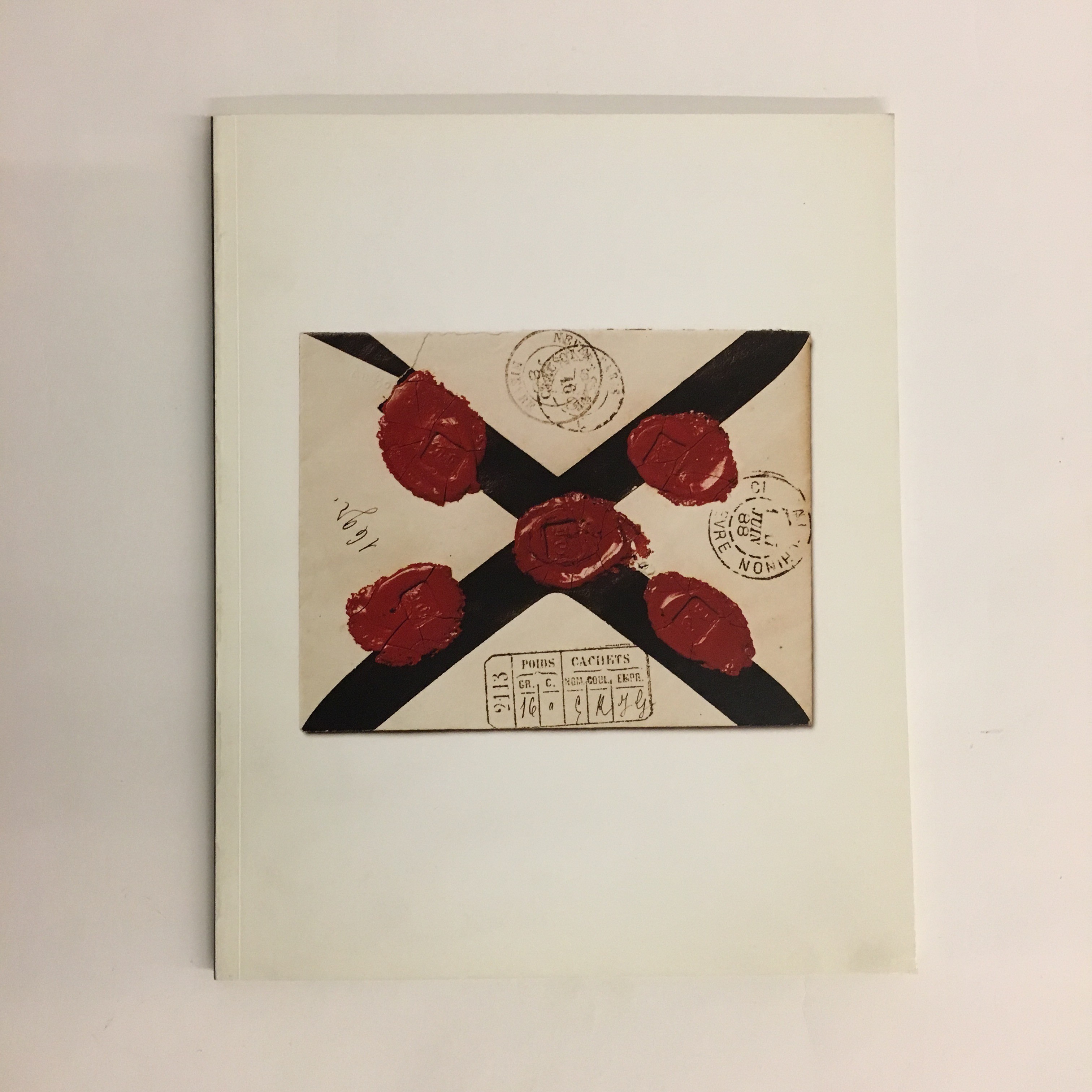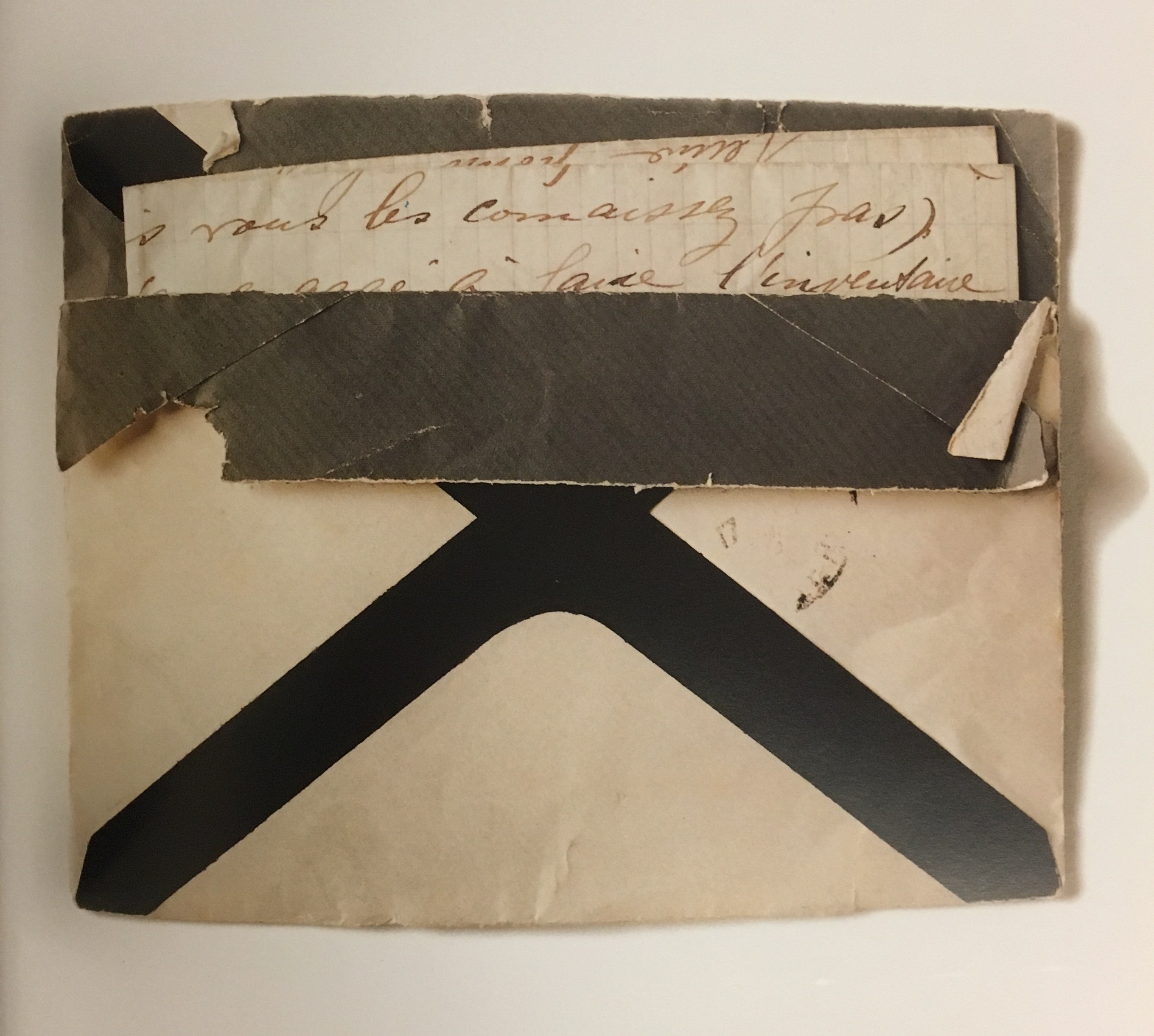[one_half]
2D DESIGN: PUBLICATION
Arnaud Maggs
Works and Notes Capitales
[supsystic-social-sharing id='1']
[/one_half]
[one_half_last]
The role of artists is often a disruptive and questioning one. We work with the world’s leading cultural institutions and pre-eminent contemporary artists on a variety of publication and exhibition projects. We also have a portfolio of clients to whom contemporary art is grounded in their business. Art represents growth, change and the anticipation of risks. It creates a link between business and society — connecting contemporary trends and distant foresight. And it means status, affiliation and distinction. Art can be currency. It signals curiosity, excellence, intellectual pursuit and an international perspective. These qualities are essential for a great business.
Marc Mayer in his introduction to the Arnaud Maggs exhibition catalogue at the Power Plant wrote:
Arnaud Maggs is a major figure in modern art and a fearless aesthete. His work pushes the intellectual boundary of the photographic medium back to the very brink of science, the realm from which it came over a century and a half ago and which still maintains a sizable claim on its uses. In all likelihood, this is as far as art can go toward that heavily armed front without suffering defeat, or destroying itself categorically. Why, then, does his work look so serene? And why has this dangerous exercise been such an important project for modern art? Aside from the exhilaration of a tightrope walk that that Magg’s work has consistently offered its admirers, it shows us the clear and unmistakable difference between art and science and, consequently, why art is so important.
[/one_half_last]

[one_half]
[/one_half]
[one_half_last]
I first met Arnaud Maggs through Marc Mayer and Philip Monk the curator of the Power Plant, in Toronto in 1999. I shamefully recall - like when I first saw the work of Bernd and Hiller Becher - of being nonplussed, or at least oblivious to what I was looking at.
Mind you, the first work was Downwind, which to this day I still don't think is one of Arnaud’s more powerful works. But when the envelopes of “Notification”, the Atget notebooks entitled “Repetoire”, the children’s work tags -“Travail des enfants dans l’industrie: Les etiquettes”, the Hotels signs of Paris and then the sample cases of “L’échantillonnage” unfurled before me, I was taken in entirely. I was mesmerized, entranced and fascinated by this serial Serialist. One with an eye to the detail and also the display of the whole. An artist who told stories through metaphors and symbols.
Phillip Monk writes of Maggs’ “Travail des enfants dans l’industrie: Les etiquettes”:
No more than a bundle of labels when found, “Travail des enfants dans l’industrie: Les etiquettes” unfolds a story of child-labour practices of the early twentieth century. The labels that Maggs found in Montpellier probably itemized piece-work by girls in the weaving industry. The accompanying work, “Travail des enfants dans l’industrie: Les livrets”, shows their individual passbooks, the name of Maggs’s pieces being derived from the French statute recorded on their covers. Unlike the period documents by the American photographer Lewis Hine, these works by Maggs represent a routine activity by reference to the administrative apparatus that the labouring child was a part of. This portrait exists aside from any images of the girls who did the work, and who are only known by their names – their Christian names on the tags, their surnames on their passbooks.
Monk further explains:
The tags reveal another story. In that they probably register piecework by individuals, they measure out time – the time of work and the body’s span of existence as marked by labour. More perishable than living bodies, ironically these paper ephemera are the only trace of the girl’s lives that remain, at least for us.
For the Power Plant catalogue – it designed itself really. Sara Soskolne did some requisite exquisite typography. We modified a font just for Arnaud. I think by adding the big details we added another dimension - another perspective on his work - which he appreciated.
This Catalogue - Notes Capitales, which we worked on for Arnaud after the Power Plant exhibition was based directly on a series of templates which we prepared for designers in France who faithfully used them to create the book. We reviewed the proofs, chose the images and details and corrected the details. I think it does his work justice.
[/one_half_last]





No Comments.